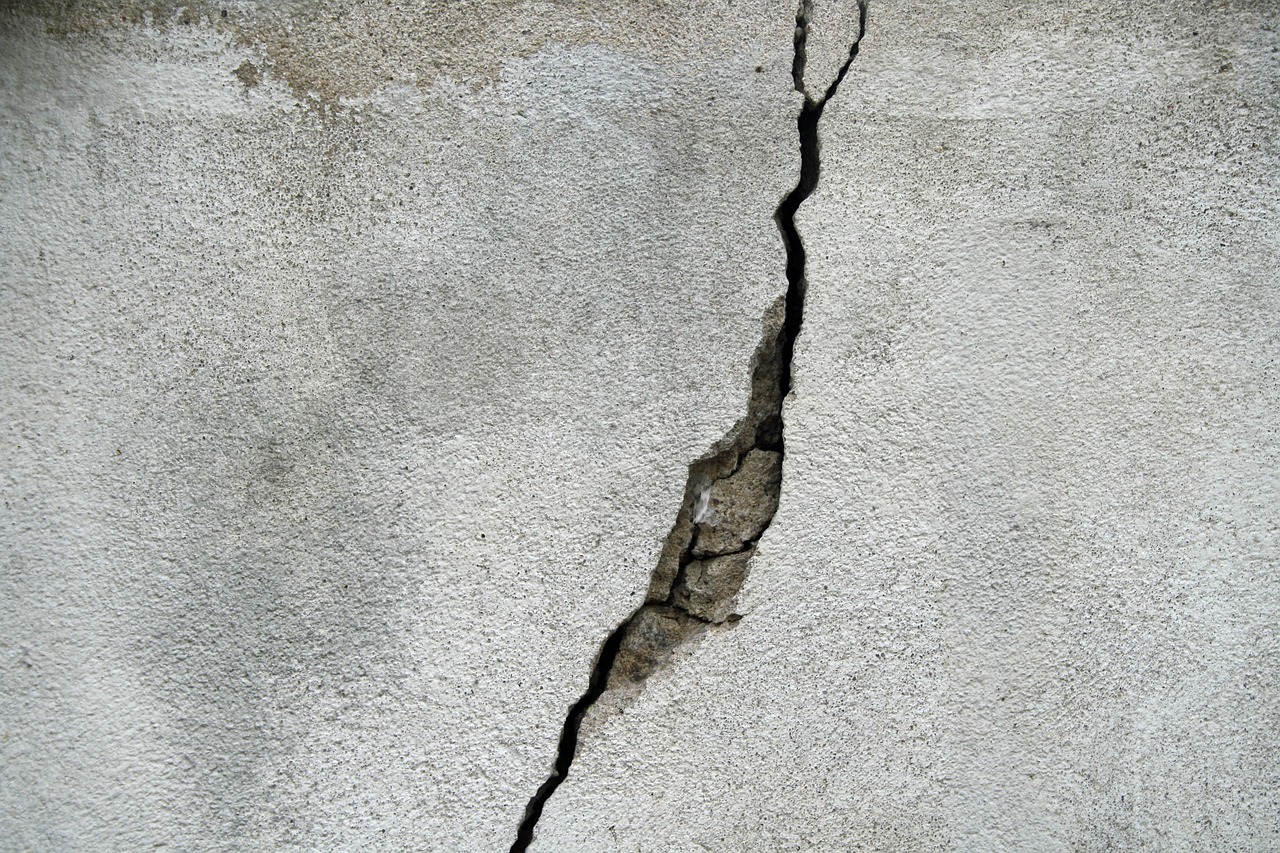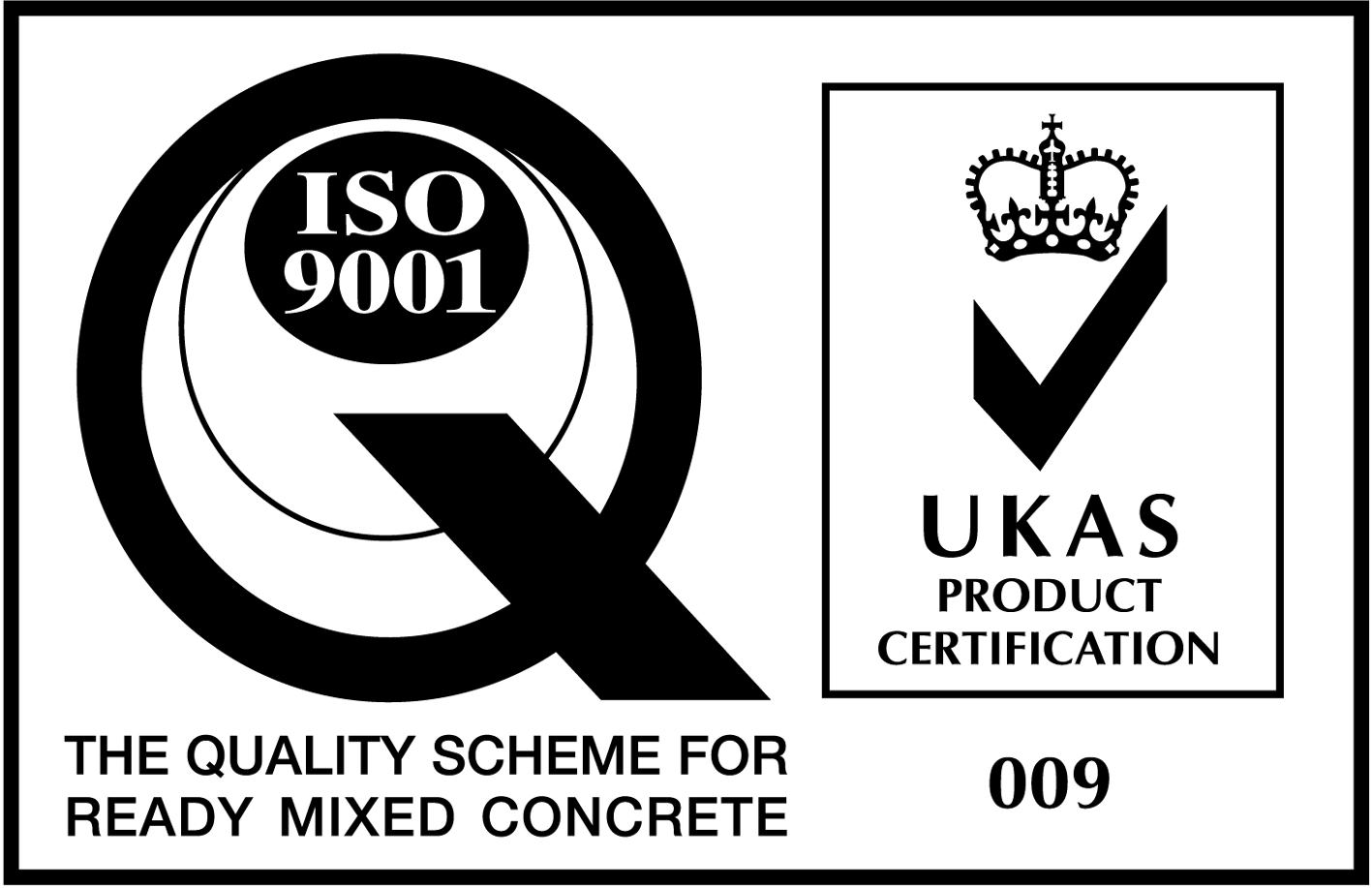5 Most Common Concrete Issues and How to Resolve Them
The immense strength and durability of concrete has made it the key material for modern infrastructure. But like any material, it isn’t immune to problems.
In this article, we take a look at the 5 most common concrete issues and how you can resolve them to ensure your concrete remains safe and strong.
-
Cracked Concrete
The Problem:
Cracks in concrete can arise due to various reasons, including rapid drying, even external loads and temperature fluctuations. These fractures can range from hairline cracks to more significant splits.
The Solution:
To address cracked concrete:
- Ensure that the concrete mix is not too wet, as this can reduce its strength.
- Use control joints at regular intervals to allow for concrete expansion and contraction.
- Curing concrete correctly is essential, this is achieved by controlling temperature and not allowing curing concrete to dry out too quickly

-
Discolouration
The Problem:
A variety of shades can taint the uniformity of concrete’s colour, sometimes due to variations in mixtures or curing methods.
The Solution:
Combat discolouration by:
- Using consistent mix proportions.
- Applying curing methods uniformly.
- Consider the addition of a tint or dye if a specific shade of concrete is needed.
-
Surface Scaling
The Problem:
Often seen as peeling or flaking off the surface, scaling can be attributed to exposure to freeze-thaw cycles, especially when the concrete is not adequately air-entrained or sealed.
The Solution:
Prevent surface scaling by:
- Using air-entrained concrete, especially in regions with freeze-thaw cycles.
- Applying a quality sealer to the surface.
- Ensuring proper curing to attain optimal concrete strength.
For high quality concrete delivered straight to you, get in touch today
Ready Mix Concrete-
Plastic Shrinkage Cracks
The Problem:
These are small cracks that appear on the surface of the concrete soon after it’s poured and before it has set. Rapid drying conditions often cause plastic shrinkage cracks.
The Solution:
To tackle this, consider:
- Using windbreaks or sunshades during extreme weather.
- Spraying an alcohol solution on the surface immediately after screeding.
-
Delamination
The Problem:
Delamination refers to the formation of air bubbles or blisters under the finished surface. It’s commonly caused by overworking the surface.
The Solution:
Avoid delamination by:
- Not over-finishing the surface.
- Using the proper tools and techniques during finishing.
- Ensuring the concrete isn’t too wet.
Opting for a reputable concrete supplier like Total Concrete in areas like Woking, Surrey and Guildford can make all the difference. Starting with a high-quality mix is the first step to decreasing the likelihood of any issues arising in your concrete project.
For premium concrete delivered fast, contact Total Concrete today.
 Trade Zone
Trade Zone
